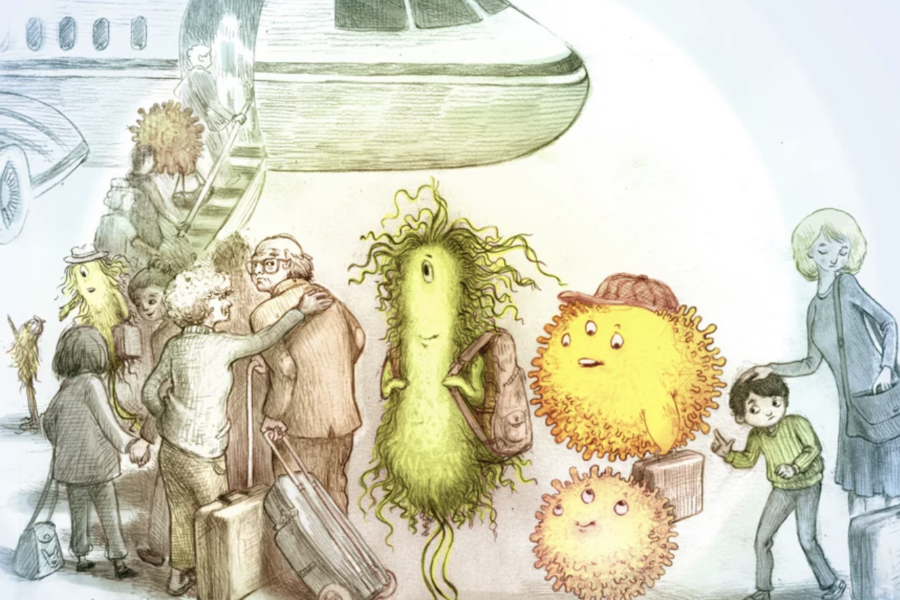On a flight from Cancún to Orlando, I didn’t notice any bodily fluids caked on the seat or coursing down the aisle, a relief after several recent incidents involving excretions. But gross organisms are not always visible. Most likely, I was sitting in a pool of germs.
With a quick swab test, I confirmed this suspicion.
“Fail,” read the germ-detection device for nine out of 10 high-touch points in the plane’s main cabin and lavatories.
“Stuff that has more human interaction is going to have some level of germs,” said Meikel Brewster, executive vice president of Charm Sciences in Massachusetts, which manufactures the rapid diagnostic tests.
Airplane cleaning practices are not federally regulated. The Federal Aviation Administration does not dictate cleaning protocols. The Centers for Disease Control and Prevention offers guidance on how to clean contaminated areas and prevent the spread of disease if a passenger is ill and possibly contagious. Neither agency covers best practices for non-urgent situations, such as when a person sneezes on the seat back, dribbles barbecue sauce on the tray table or rubs their cheek against the window shade.
Passenger airlines devise their own sanitation procedures. Delta Air Lines, which last month turned back a plane when a passenger suffered a severe case of diarrhea, said its “clean ambassadors” remove trash, disinfect surfaces and restock lavatories on flights grounded for four hours or less. Its planes receive a deep cleaning overnight. This summer, it cleaned nearly 60 million seats and used 12,500 gallons of disinfectant.
“We’ve dedicated even more resources to those efforts with an entire department, Delta’s Global Cleanliness Division, which is fully devoted to improving cleanliness across our operation,” said Drake X. Castañeda, a Delta spokesman.
